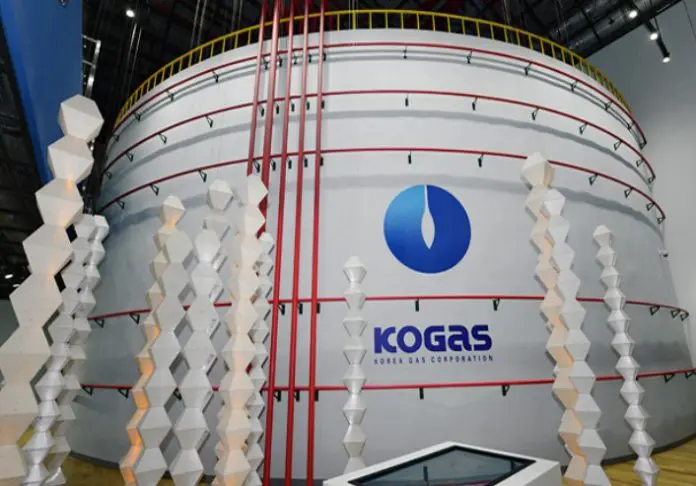This story requires a subscription
This includes a single user license.
State-owned Kogas sold 2.13 million mt last month, down 5.2 percent from 2.25 million mt in September 2023, the firm said in a stock exchange filing.
October sales were flat compared to the previous month’s 2.13 million mt, which marked a slight decrease year-on-year.
In August, Kogas sold 2.56 million mt, a rise of 10.8 percent year-on-year and an increase for the fourth month in a row.
Purchases by power firms decreased 6.7 percent year-on-year to 1.05 million mt in October, and they were lower 17.6 percent compared to the previous month.
Moreover, Kogas said its city gas sales decreased 3.7 percent year-on-year to 1.08 million mt, but were higher 26.7 percent from the previous month.
Kogas said in its third-quarter earnings report this week that city gas demand rose by 4.1 percent during the period.
Residential demand increased due to a lower average temperature and economic recovery, and industrial demand rose due to strong exports which improved manufacturing demand, it said.
Kogas noted total power generation decreased by 2.4 percent in the third quarter due to higher power generation by direct LNG sourcing companies.
Korean LNG imports rise
Kogas operates 77 LNG storage tanks at five LNG import terminals in South Korea.
The large terminals include Incheon, Pyeongtaek, Tongyeong, and Samcheok, while the firm has a small-scale regasification terminal at the Aewol port on Jeju island as well.
In addition to these facilities, the firm is building a large terminal in the western port city of Dangjin and expects to launch the first phase in 2025.
In August, Kogas completed lifting the roofs on all four 270,000-cbm tanks at its Dangjin LNG import facility.
Official data for South Korean LNG imports in October of this year has not yet been released.
According to customs data, during January-September, South Korean LNG terminals took 33.6 million mt, a rise from 32 million mt in the same period last year.
Australia was the biggest supplier during the period, with 8.25 million mt of LNG, followed by Malaysia with 3.96 million mt and Oman with 3.34 million mt, the data shows.
South Korean LNG imports in September rose to 3.28 million mt compared to 2.91 million mt in September 2023.

